#dwarf stars
Text
Beautiful sky



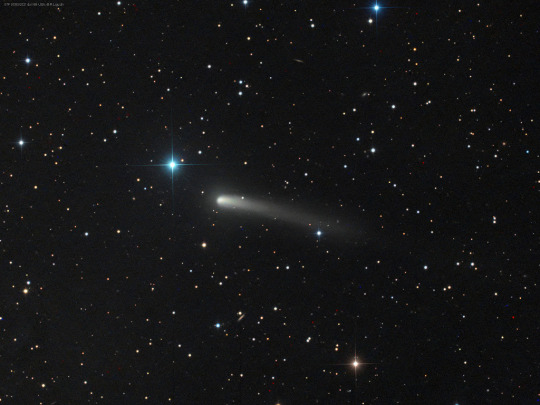
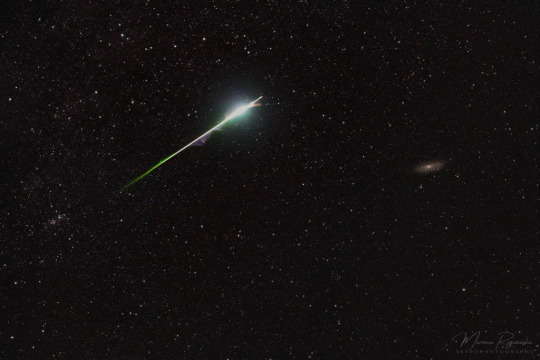





#universe#galaxy#deep space#solar system#nebula#nothingness#space#star system#blackness#clusters#star cluster#starsystem#dwarf stars
66 notes
·
View notes
Text
Snow White's Stellar Adventure
Once upon a time, in a land filled with fairy tales and wonders, I, Snow White, found myself immersed in an adventure as peculiar as it was enlightening. You see, my fascination with the stars began one unusual evening in the forest, a tale so intertwined with celestial wonders, it led me to write about the mysterious dwarf stars.
It all started on a clear night, as the seven dwarfs and I gathered around a crackling fire. Doc, always the inquisitive one, pointed towards the twinkling sky and pondered aloud about the stars. "What could they be?" he mused. The others offered amusing guesses - Dopey thought they were glittering fireflies, while Grumpy dismissed them as "nonsensical sparkles."
Intrigued, I suggested we seek answers. Thus began our whimsical escapade. With a borrowed telescope from a nearby wizard and a pinch of magical dust, we embarked on an unexpected celestial exploration.
Our first observation was a tiny, twinkling star, vastly different from the grand luminaries we were accustomed to. Bashful shyly whispered, "It looks modest, like me." I chuckled and decided to name these humble stars after my dear friends, calling them "dwarf stars."
The more we observed, the more fascinated we became. We encountered white dwarfs, compact and serene, reminding me of Doc's wisdom. Red dwarfs, abundant and steadfast, seemed just like Sleepy, often overlooked but full of depth. And brown dwarfs, peculiar and hard to categorize, were uncannily similar to Dopey's charming confusion.
One evening, as we gazed upon a particularly faint star, Sneezy sneezed so powerfully it jostled the telescope, revealing a new perspective on a distant galaxy. We laughed heartily, but it sparked a thought in me about the unexpected and often overlooked significance of these smaller stars.
As days passed, our nightly stargazing became a ritual. The dwarfs' curiosity turned into a shared passion, and their unique perspectives helped me see the universe in a new light. I began scribbling notes, drawing parallels between the dwarf stars and my beloved friends, finding humor and insight in their similarities.
The culmination of this starry sojourn was the night we witnessed a faint star flare brightly, a rare cosmic event that left us in
awe. The dwarfs danced around in excitement, while I stood mesmerized. This spectacle was the final nudge I needed to share our discoveries with the world. I decided to pen an article, combining our whimsical observations with the newfound knowledge of dwarf stars.
I wanted to convey the charm and significance of these celestial bodies in a way that mirrored the joy and wonder we experienced. Each type of dwarf star was personified with the characteristics of my dear friends - the dwarfs. The modest red dwarfs, the wise white dwarfs, and the quirky brown dwarfs each had a story to tell, much like each dwarf in our little cottage.
And so, "Snow White and the Stellar Dwarfs: Unraveling the Mysteries of Dwarf Stars" was born. In it, I endeavored to explain the fascinating world of these small yet mighty stars through the lens of our enchanting forest life. From comparing white dwarfs to Doc's sage-like demeanor to likening the elusive nature of brown dwarfs to Dopey's whimsical charm, the article was a blend of astronomy and fairy-tale lore.
This unexpected journey into the cosmos, sparked by a simple question around a fire, not only deepened our appreciation for the stars but also strengthened the bond I shared with my seven friends. Each night, as we gazed up at the starry sky, we were reminded of the vastness of the universe and the small yet significant place we held within it.
In the end, my article was more than just an exploration of dwarf stars. It was a tribute to curiosity, friendship, and the joy of discovering the unknown, sprinkled with a touch of magic and laughter, much like our lives in the enchanted forest. And thus, the quirky and comical tale of how Snow White became an amateur astronomer was written in the stars.
0 notes
Text
January’s Night Sky Notes: Connecting the ‘Dots’ with Asterisms - Technology Org
New Post has been published on https://thedigitalinsider.com/januarys-night-sky-notes-connecting-the-dots-with-asterisms-technology-org/
January’s Night Sky Notes: Connecting the ‘Dots’ with Asterisms - Technology Org
In NASA’s December Night Sky Notes, authors mentioned that the Orion constellation has a distinct hourglass shape that makes it easy to spot in the night sky. But what if we told you that this is not the complete constellation, but rather, an asterism?
Stars that make up the Winter Circle, as seen on January 1, 2024, Sky Safari
An asterism is a pattern of stars in the night sky, forming shapes that make picking out constellations easy. Throughout history, cultures have created these patterns as part of storytelling, honoring ancestors, and timekeeping.
Orion’s hourglass is just one of many examples of this, but did you know Orion’s brightest knee is part of another asterism that spans six constellations, weaving together the Winter night sky? Many asterisms feature bright stars that are easily visible to the naked eye. Identify these key stars, and then connect the dots to reveal the shape.
This image shows the region around the Hyades star cluster, the nearest open cluster to us. The Hyades cluster is very well-studied due to its location, but previous searches for planets have produced only one. A new study led by Jay Farihi of the University of Cambridge, UK, has now found the atmospheres of two burnt-out stars in this cluster — known as white dwarfs — to be “polluted” by rocky debris circling the star. Inset, the locations of these white dwarf stars are indicated — stars known as WD 0421+162, and WD 0431+126. Image credit: NASA, ESA, STScI, and Z. Levay (STScI)
Try looking for these asterisms this season and beyond:
Winter Circle – this asterism, also known as the Winter Hexagon, makes up a large portion of the Winter sky using stars Rigel, Aldebaran, Capella, Pollux, Procyon, and Sirius as its points. Similarly, the Winter Triangle can be found using Procyon, Sirius, and Betelgeuse as points. Orion’s Belt is also considered an asterism.
Diamond of Virgo – this springtime asterism consists of the following stars: Arcturus, in the constellation Boötes; Cor Caroli, in Canes Venatici; Denebola in Leo, and Spica in Virgo. Sparkling at the center of this diamond is the bright cluster Coma Berenices, or Bernice’s Hair – an ancient asterism turned constellation!
Summer Triangle – as the nights warm up, the Summer Triangle dominates the heavens. Comprising the bright stars Vega in Lyra, Deneb in Cygnus, and Altair in Aquila, this prominent asterism is the inspiration behind the cultural festival Tanabata. Also found is Cygnus the Swan, which makes up the Northern Cross asterism.
Great Square of Pegasus – by Autumn, the Great Square of Pegasus can be seen. This square-shaped asterism takes up a large portion of the sky, and consists of the stars: Scheat, Alpheratz, Markab and Algenib.
Tracing these outlines can guide you to objects like galaxies and star clusters. The Hyades, for example, is an open star cluster in the Taurus constellation with evidence of rocky planetary debris. In 2013, Hubble Space Telescope’s Cosmic Origins Spectrograph broke down light into individual components. This observation detected low levels of carbon and silicon – a major chemical for planetary bodies. The Hyades can be found just outside the Winter Circle and is a favorite of both amateur and professional astronomers alike.
Use Star Maps and Star Apps – Using star maps or stargazing apps can help familiarize yourself with the constellations and asterisms of the night sky.
Get Familiar with Constellations – Learning the major constellations and their broader shapes visible each season will make spotting asterisms easier.
Use Celestial Landmarks –Orient yourself by using bright stars, or recognizable constellations. This will help you navigate the night sky and pinpoint specific asterisms. Vega in the Lyra constellation is a great example of this.
Source: National Aeronautics and Space Administration
#2024#Administration#aeronautics#altair#apps#Astronomy#Astronomy news#carbon#celestial objects#chemical#cluster#clusters#coma#Coma Berenices#debris#december#dwarf stars#easy#ESA#eye#Featured Space news#galaxies#History#Hubble#Hubble Space Telescope#inset#Inspiration#it#knee#learning
0 notes
Text
Dwarf Stars, Giant Honors
I’m honored that two of my 2022 published poems have been recognized by the Science Fiction and Fantasy Poetry Association (SFPA).
“Reasons Why You Can’t Go Out To Play Alone,” from the HWA Poetry Showcase Volume IX, was long-listed for the Rhysling Award for short poems.
“Bury Me Under Fallen Stars,” from the Autumnal Equinox: Harvest issue of the Magpie Messenger literary magazine, is nominated for a Dwarf Stars Award for poems of 10 lines or less.
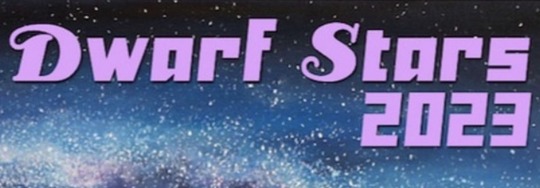
View On WordPress
1 note
·
View note
Text
The oddly specific aesthetic of mid-90s space shows.
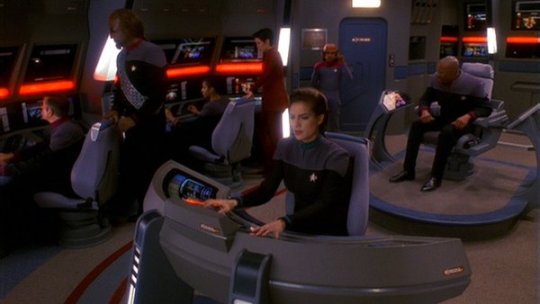

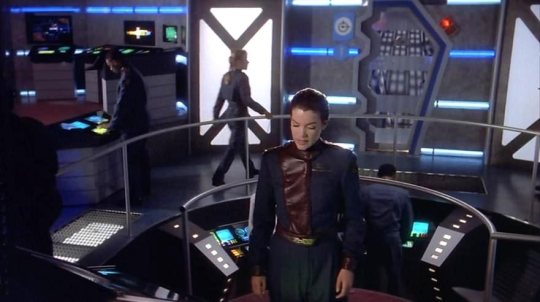
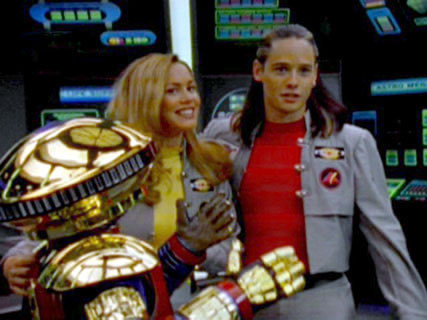

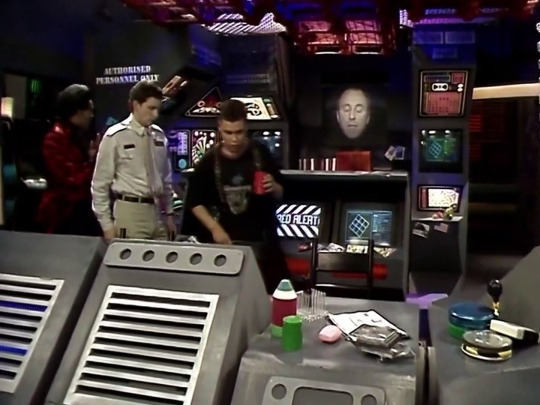
#scifi#90s aesthetic#deep space nine#sg-1#babylon 5#power rangers in space#red dwarf#where in time is carmen sandiego#cassette futurism#cyberpunk#It kind of mashes together the greebles and fog of Alien with the colorful flat panel displays of Star Trek: The Next Generation
2K notes
·
View notes
Text

bouny.... (late for easter but shh)
#(the choices for what kind they are were thought up by basil. isa flemish giant. sif dwarf hotot. mira cashmere lop)#qpr of ever..#isat#in stars and time#siffrin isat#isabeau isat#mirabelle isat#isafrin isat#my art
434 notes
·
View notes
Text
Dwarf Star Nomination for Poet Wendy Van Camp
Dwarf Star Nomination for Poet Wendy Van Camp #sfpoetry #poetrycommunity #scifaiku
I’m pleased to announce that one of my scifaiku poems from 2021 has been nominated for a Dwarf Star Award and accepted into the upcoming Dwarf Star anthology. This is the first time I’ve been nominated for this award and I’m honored to make the cut this year.
What is a Dwarf Star? It is the Rhysling equivalent for micro poetry via the Science Fiction and Fantasy Poetry Association. Poems that…

View On WordPress
0 notes
Text


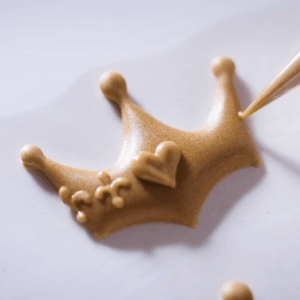


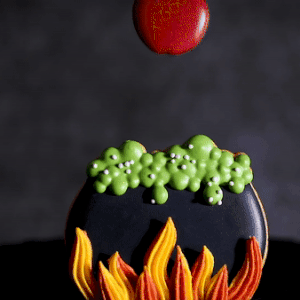


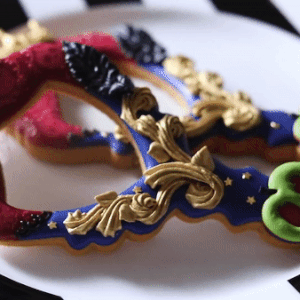
👑 evil queen/pomefiore-inspired cookies by yuyu's sugar art
#twisted wonderland#twst#stim#sensory#food#disney#snow white and the seven dwarfs#cookie decorating#cookies#evil queen#vil schoenheit#frosting#purple#red#gold#green#star's stims#originals#hands
642 notes
·
View notes
Text
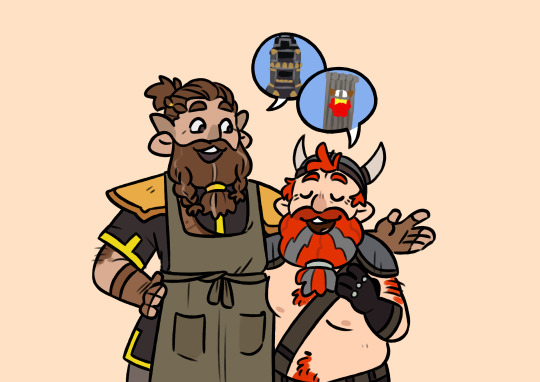
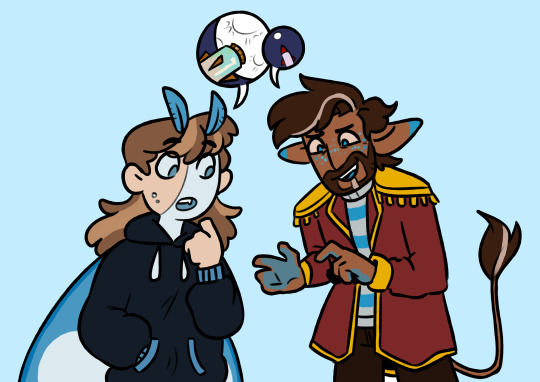
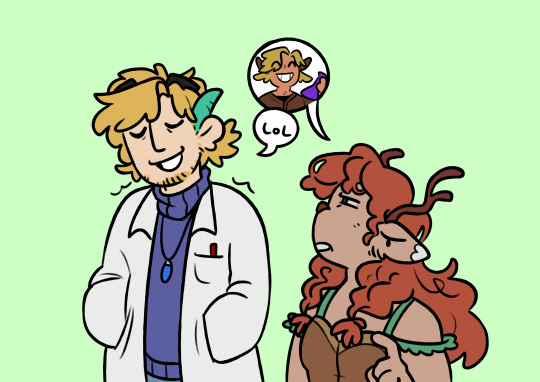
@mcyt-trios the poll isn't even up yet but- listen, they could be besties, they don't have to fight
(vote honeyphosna though, yogs sweep)
#stars art#yogscast#hermitcraft#honeyphosna#soup group#im not tagging everyone here sjhdfs#a dwarf an alien and an interdimensional traveller walk into a bar yknow#stars best of
798 notes
·
View notes
Note
I don’t understand why people hate Snow White’s husband so much?!?!? It’s not like he’s a creep or anything.
There are two main reasons: Number 1, compared to the other princes, he's the most boring. The film was made in 1937, it pioneered film animation, so it's bound to not exactly be chock full of Complicated Characters, that's just the way it is. He's a product of his time.
The other is because ....... *sigh* the annoying online spread of misinformation that he's supposedly 28 or 30 or some BS and she's only 14 🙄
(Note: ahead, I'll be ranting at the Haters, not at you @cleverqueencommander ^^")
Here's the CANONICAL truth, peeps: NO AGES ARE EVER MENTIONED IN THE MOVIE. EVER. NOT ONCE. If it's not in the text, it's not Canon. We can only assume based off of visual hints.
Now, that said, is Snow White probably one of the youngest princesses? I'd say so, but only because she has that "baby face" and chubbier cheeks. Let's say she's 15-16. Okay. Have you SEEN Princey Boy's face??

LOOK AT THIS DORK. That is NOT a 30 year old creep, that is a BABY! He cannot POSSIBLY be older than 19!! I'd say he's 17-18, max, but he's most likely ALSO 15-16 like Snow!
Snow White and her Prince embody YOUTH and YOUNG LOVE. The spell literally calls for "Love's FIRST Kiss" to awaken Snow White. Not "True Love's Kiss." FIRST KISS. That goes BOTH WAYS, it's THEIR FIRST KISS.
They are precious babies who are each other's first love and I refuse to hear any more slander claiming "isn't he supposed to be 28??" when that was pulled out of someone's ass to make Disney Look Bad >.<
#Star answers#Starling ramblings#Disney#Snow White and the Seven Dwarfs#fandom commentary#100 notes#200 notes
443 notes
·
View notes
Text
"guys in a spaceship" is really one of the genres of all time. like no way dude i wonder what they're gonna do in the spaceship this week
#star trek#red dwarf#star wars#firefly#battlestar galactica#it calls to me as a genre#love seeing some guys in a spaceship
226 notes
·
View notes
Photo

Spot the apes! (open in new tab for proper clarity!)
Another Night At The Warp Core Cafe by Jeff Carlisle
#planet of the apes#star wars#star trek#red dwarf#superman#et#scifi#sci fi#science fiction#indiana jones#blade runner#men in black#alien#kang and kodos#dr who#buck rogers#lost in space#forbidden planet#dark crystal#alf#gremlins#dune#metropolis#hitchhiker's guide to the galaxy#robocop#futurama#outer limits#MAC and me#howard the duck
1K notes
·
View notes
Text
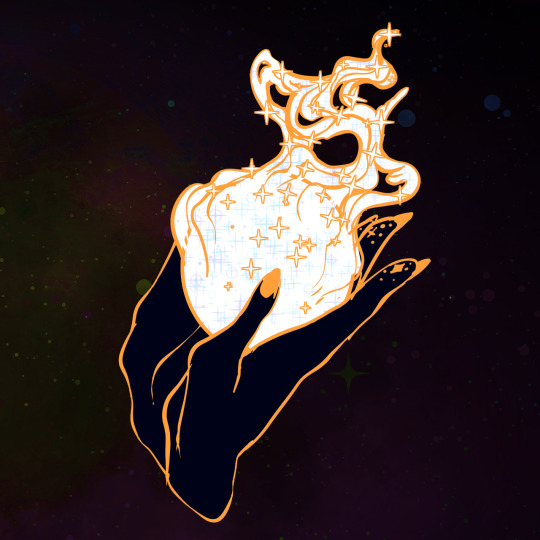
THE WHITE DWARF
The final pin in the collection. The white dwarf is the tiny dawn of a new beginning.
Life Cycle goes live on the 28th HERE
150 notes
·
View notes
Text
Exoplanet That Is Too Big for Its Sun - Technology Org
New Post has been published on https://thedigitalinsider.com/exoplanet-that-is-too-big-for-its-sun-technology-org/
Exoplanet That Is Too Big for Its Sun - Technology Org
A research team, including UCI astronomers, has discovered an exoplanet far too massive for its sun, casting doubt on what was previously understood about the formation of planets and their solar systems.
Using the Habitable Zone Planet Finder instrument connected to the Hobby-Eberly Telescope at McDonald Observatory in Texas, the researchers detected planet LHS 3154b, which is 13 times more massive than Earth, orbiting the “ultracool” star LHS 3154, which is nine times less massive than our sun. The finding is the subject of a paper published in Science.
This artistic rendering shows the possible view from LHS 3154b toward its low-mass star, LHS 3154. The relative sizes of the exoplanet and star are causing astronomers to reevaluate previous assumptions about planet and solar system formation. Researchers say that given its large mass, LHS 3154b likely has a composition similar to that of Neptune. Image credit: Penn State
“The HPF instrument was designed to study exoplanets orbiting dwarf stars, so in that regard, this was a perfectly normal project, but the results were anything but ordinary,” said co-author Paul Robertson, UCI associate professor of physics and astronomy and HPF project scientist.
“This is the first time such a high-mass planet has been found orbiting close to a lower-mass star, and it calls into question our previous assumptions about interactions between stars and planets.”
[embedded content]
Co-author Suvrath Mahadevan, the Verne M. Willaman Professor of Astronomy and Astrophysics at Penn State, explained that stars are believed to be created from large clouds of gas and dust. The remaining material can eventually accrete to become planets.
“The planet-forming disk around the low-mass star LHS 3154 is not expected to have enough solid mass to make this planet,” Mahadevan said. “But it’s out there, so now we need to reexamine our understanding of how planets and stars form.”
In the paper, the researchers note that the heavy planetary core of LHS 3154b, inferred by their measurements, would require more solid material in the planet-forming disk than current models would predict.
The finding also raises questions about prior understanding of the formation of stars, as the dust-mass and dust-to-gas ratio of the disk surrounding stars like LHS 3154, when they were young and newly formed, would need to be 10 times higher than what was observed in order to form a planet as massive as the one the team discovered.
Robertson said the HPF, which can detect planets orbiting the coolest stars outside our solar system, is the perfect instrument for making such a groundbreaking discovery. “The Habitable Zone Planet Finder is an astronomical spectrograph that uses infrared detection to find and characterize planets orbiting relatively cold stars,” he said.
“By ‘habitable zone,’ we mean a region in which planets have the potential for having liquid water on their surfaces, a key ingredient for life. The sensitivity of the HPF instrument is what enabled us to establish the odd relationship between this massive planet and its dwarf star.”
Source: UC Irvine
You can offer your link to a page which is relevant to the topic of this post.
#Astronomy#Astronomy news#Astrophysics#Casting#clouds#Composition#detection#dust#dwarf stars#earth#exoplanet#Exoplanets#Explained#Featured Space news#Featured video#form#Fundamental physics news#gas#how#it#LESS#life#Link#liquid#mass#material#measurements#One#paper#Physics
0 notes
Text
Humans are like stars. You either live short but brilliant lives and blow up at the end in a rainbow murder bomb, or you live forever, go through a mid-life crisis, and then compress into a cold hyper pressurized diamond for the rest of reality with everyone debating if you’re dead or not.
#humans are fascinating#humans are space orcs#humans are strange#humans are terrifying#humans are space oddities#astronomy#astroblr#astro observations#stars#supernova#white dwarf
143 notes
·
View notes
Text
Odo: This man is not guilty of medical malpractice, he is only guilty of being Julian S. Bashir. That is his crime. It is also his punishment.
317 notes
·
View notes